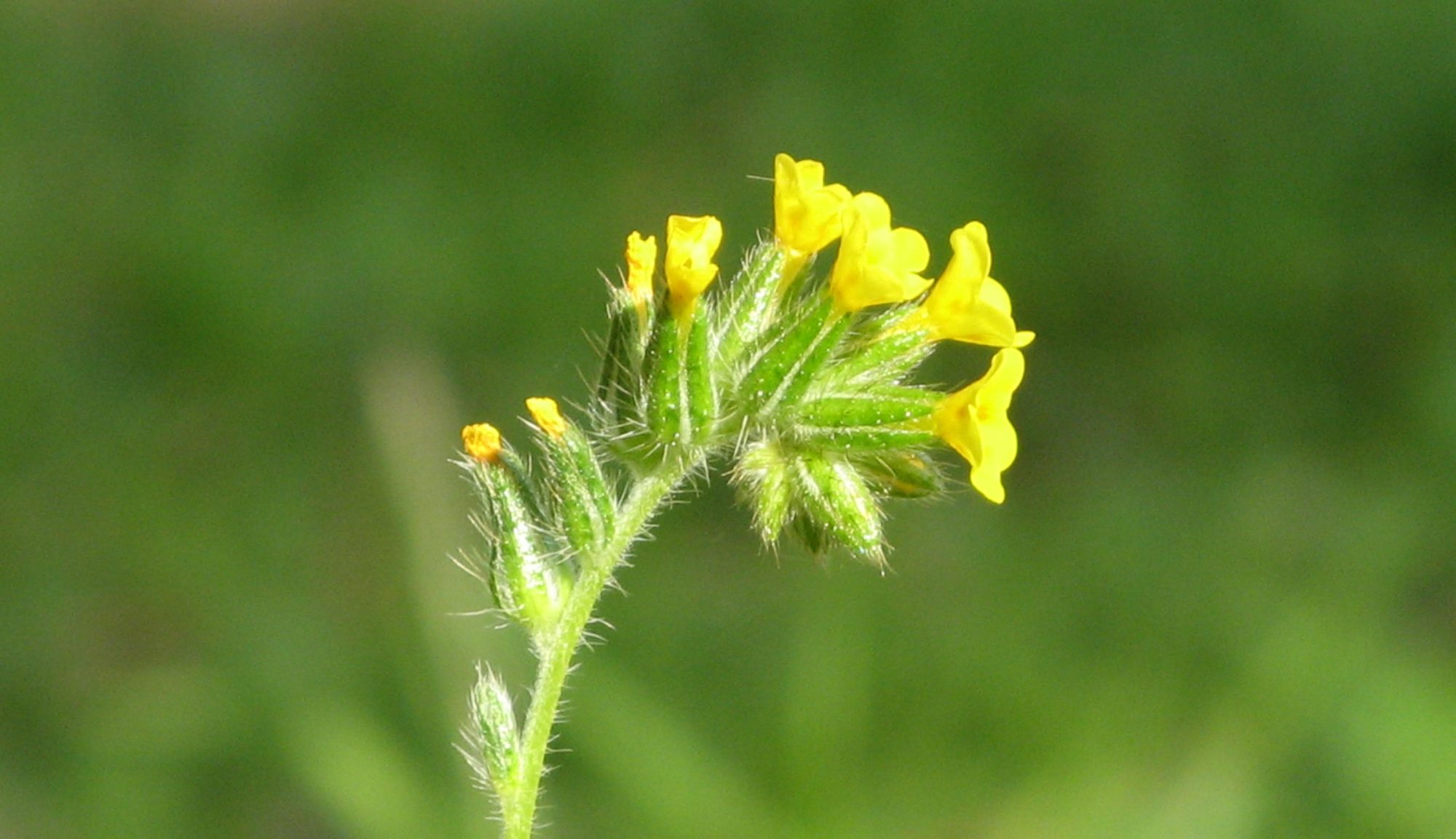Can you grow the same cover crop year after year? Harvested crops get rotated to prevent soil buildup of pathogens toward any single crop species. When it comes to cover crops, though, the standard for my area is a mix of bell beans and barley. Variations on the theme exist, with oats, rye, or wheat being substitutable for the barley, and even peas or clover taking over the role of nitrogen fixation in place of the bell beans. The trouble is, the grains are all members of the grass family, and the nitrogen fixers are all in the legume family. If you grow a legume-grass cover crop every year, shouldn’t the soil build up diseases of legumes and grasses? If cover crop rotation is necessary, what non-grass could function as a grass? And does a nitrogen-fixing non-legume crop even exist?
Maria Finckh and her colleagues have a handle on the subject, in two chapters in the compendium Plant Diseases and Their Management in Organic Agriculture. Yes, bell beans do get soilborne diseases. Yes, they share diseases with other legumes. One pathogen, Aphanomyces euteiches, the cause of pea root rot, has spores that can survive up to 14 years in soil and threatens pea production in France. And yes, small grains share diseases − even weedy grasses can harbor some of these diseases. Organic and sustainable farming are completely dependent on nitrogen fixation by legumes, even for manure production by livestock. What is a grower to do?
Fortunately, Finckh and colleagues have suggestions for disease management in legumes and small grains. For annual legumes, it is advisable to plant these in only three years out of a six-year rotation, counting both harvested and green manure species, and it is critical to never use the same species back-to-back as a green manure and a harvested crop. Perennial legumes should be grown for a maximum of three years. There are some pathogens that target dicots in general, so grass family crops are a good choice to follow a legume (or presumably non-grass monocots like garlic, asparagus, or others).
Regarding the sharing of pathogens, there are some with very broad host ranges, some that target only a single species, and just about every possibility in between. Bell beans are subject to chocolate spot disease. Their recommended rotation frequency is 4-6 years. Clovers get clover scorch and clover rot, but white clover is generally resistant to these. There are diseases that affect alfalfa but not its close relative black medic. Soybean is susceptible to few diseases of the other legumes, and its recommended rotation time is the shortest, 0-3 years, while that of peas is the longest, 6-7 years. The pea root rot pathogen can infect many legume species, as well as beets, but it is peas that sustain the greatest damage.
One legume has me intrigued − serradella, Ornithopus sativus. I had never heard of this, but based on the legume-disease matrix presented in the chapter, this species gets none of the common legume diseases. It is less cold-hardy than some legumes, but evidently it is well suited to a maritime Mediterranean climate, as there is a feral population reported in Santa Cruz County. However, it seems that the seeds are commercially available only from Australia or South Africa.
Regarding small grains, the advice is less involved. Rye and barley can harbor the pathogen that causes take-all of wheat, so wheat should never follow rye or barley. Oats, however, are resistant, and they may be suppressive to diseases. Non-grass, non-legume cover crops include mustard-family crops, Phacelia tanacetifolium , and flax. I have been trying out Phacelia, a member of the water-leaf family, as a green manure, and it is giving me good stand coverage where it has established.
Planning out a cover crop rotation is an important component of disease management, but it is best complemented by disease monitoring and identification, which will give a clearer indication of what crops can follow. Beyond rotation, there are cultural recommendations for disease management. Because many pathogens are persistent in crop residues, one should insure effective residue breakdown. A healthy soil microbiome fed by plentiful organic matter from a variety of sources and crop types can be antagonistic to soilborne pathogens. Wet or waterlogged conditions will promote certain diseases. Some pathogens are seedborne, and thus a sanitary source of seeds is important. For some diseases, particularly mildews, mowing is helpful, and even in the case of clover rot a late fall mowing may save some of the crop. Planting mixtures can reduce disease. And the dreaded pea root rot? If you have a history of this and are thinking of planting peas again, the soil should first be bio-tested.

A follow-up on serradella: I imported some to try it out, and it was a disappointment. It is a slow grower, and the seedlings are a tasty morsel for some crawling critter that lives in the mulch and feeds by night. It might be suitable if your field would otherwise be fallow for a long period, but under most conditions it would be advisable to find another source of nitrogen.
A nitrogen-fixing legume that Finckh and colleagues do not mention is the warm-season annual sunn hemp, Crotalaria juncea. Going on degree of relatedness alone, one would suspect it might have fewer diseases in common with bell beans, kidney beans, soybeans, etc. than these might share with each other, but it should be more likely to share diseases with lupine.